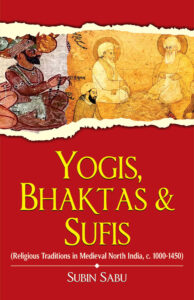
Yoga has become highly popular worldwide and is generally received with enthusiasm in the western world. But it is mysterious in nature as, several interpretations have been offered by scholars from antiquity to recent times. Earlier, Yoga was practiced in the spiritual, philosophical and metaphysical sense in Indic traditions. In the medieval period, it was transformed by Hathayoga where physical exertions were applied to achieve the path of Samadhi. Also, it influenced two mainstream traditions prevalent in north India, Hinduism and Islam, in creating their respective mystical movements.

You must be logged in to post a comment.